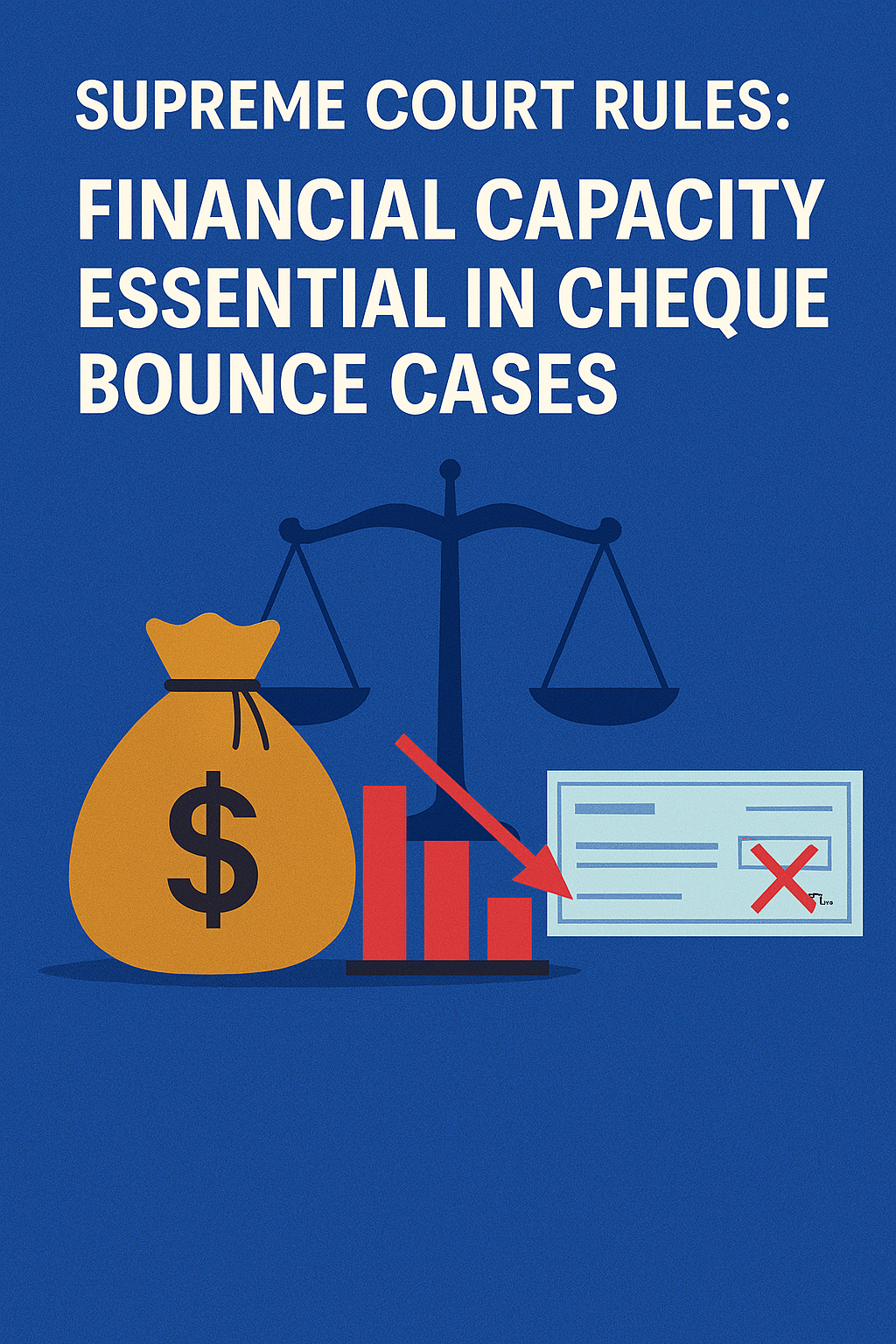Alabama Administrative Code Title 100 - ALABAMA STATE BOARD FOR REGISTRATION OF ARCHITECTS
The Alabama Administrative Code, Title 100, is dedicated to the Alabama State Board for Registration of Architects. This Board is established under Alabama law to protect the public's health, safety, and welfare by regulating the practice of architecture in the state. This is achieved through the registration of qualified architects, oversight of their professional conduct, and enforcement of the Alabama Architects Practice Act.
The regulations within Title 100 cover comprehensive aspects of the architectural profession, ensuring competence and ethical practice. Here's a breakdown of the key chapters:
1. Chapter 100-X-1 - Board Administration and General Provisions:
Organization and Authority: Outlines the legal basis for the Board's existence and its general powers and duties, which include regulating the practice of architecture.
Meetings and Procedures: Defines how the Board conducts its meetings, including public notice requirements, quorum rules, and record-keeping.
Definitions: Provides clear definitions of key terms used throughout the rules, such as "Board," "architect," "practice of architecture," "responsible control," and "technical submissions." These definitions are crucial for understanding the scope of the Board's regulatory authority.
2. Chapter 100-X-2 - Registration and Renewal:
Qualifications for Registration: Details the requirements an individual must meet to become a registered architect in Alabama. This typically includes:
Education: A professional degree in architecture from a program accredited by the National Architectural Accrediting Board (NAAB).
Experience: Completion of an architectural experience program, often the NCARB Architect Experience Program (AXP, formerly IDP), which outlines specific hours and categories of practical experience under the responsible control of a registered architect.
Examination: Successful completion of the Architect Registration Examination (ARE), administered by NCARB.
Application Procedures: Specific instructions for submitting applications, including required documentation, fees, and timelines.
Licensure by Reciprocity/Comity: Provisions for architects registered in other states to apply for an Alabama registration, typically requiring an NCARB Certificate.
Renewal of Registration: Rules for annual renewal of registration, including deadlines (e.g., by December 31st), fees, and penalties for late renewals. It also specifies what happens if a license lapses (requiring reinstatement).
3. Chapter 100-X-3 - Continuing Education:
Mandatory Continuing Education (CE): Requires registered architects to complete a specified number of continuing education hours for license renewal.
Reporting Requirements: Procedures for reporting CE hours and maintaining documentation.
Approved CE Activities: Defines what types of activities qualify for CE credit (e.g., structured educational programs, workshops, seminars, design charrettes, research).
4. Chapter 100-X-4 - Scope of Practice:
Definition of Architectural Practice: Provides a detailed definition of what constitutes the "practice of architecture" in Alabama, which includes consultations, investigations, evaluations, preliminary studies, plans, specifications, contract documents, and coordination of factors concerning the design and observation of construction of buildings.
Exemptions: Identifies types of buildings or projects that may be exempt from the requirement for a registered architect's services (e.g., single-family residences, farm buildings, certain small commercial structures, provided they meet specific criteria).
Incidental Practice of Engineering: Clarifies the limited circumstances under which a registered architect may perform engineering services "incidental" to their architectural practice, emphasizing that such work must be within their competence and not constitute the practice of professional engineering beyond the incidental scope. It also prohibits an architect from practicing engineering or using the term "engineer" unless also registered as an engineer.
5. Chapter 100-X-5 - Practice Requirements:
Architect's Seal: Regulations concerning the use of the architect's professional seal on drawings, plans, specifications, and other technical submissions. It emphasizes that the seal indicates responsible control over the work.
Responsible Control: Defines what constitutes "responsible control" over architectural work, which is a key concept ensuring the architect directly oversees and has detailed knowledge of the project.
Construction Administration: Requirements for architects to perform construction administration services for projects they design, to ensure compliance with the design.
Prototypical Documents: Rules regarding the use and adaptation of prototypical or "pre-designed" documents, requiring the adapting architect to review, revise, and take full responsibility for them.
Design-Build: Rules for architects participating in design-build projects, ensuring the architect maintains professional responsibility for architectural services.
6. Chapter 100-X-6 - Complaints and Discipline Actions:
Filing Complaints: Procedures for individuals or the Board to file complaints against registered architects or those practicing without a license.
Investigation Process: Outlines how the Board investigates alleged violations of the Architects Practice Act or its rules.
Disciplinary Powers: Details the types of disciplinary actions the Board can impose, which may include:
Issuing cease and desist letters to unlicensed individuals.
Issuing reprimands.
Levying administrative fines.
Requiring remedial education.
Suspending or revoking a certificate of registration.
Hearings and Appeals: Procedures for formal disciplinary hearings and the rights of licensees to appeal Board decisions.
7. Chapter 100-X-7 - Code of Professional Conduct:
Ethical Standards: Establishes a clear set of ethical principles and standards of conduct that all registered architects in Alabama must follow. This typically includes:
Competence and integrity.
Protecting public health, safety, and welfare as the paramount concern.
Avoiding conflicts of interest.
Maintaining client confidentiality.
Compliance with all laws and regulations.
8. Chapter 100-X-8 - Certificates of Authorization:
Firm Registration: Regulations requiring architectural firms, partnerships, or corporations to obtain a Certificate of Authorization from the Board before offering or providing architectural services in Alabama.
Responsible Control for Firms: Ensures that a designated registered architect within the firm maintains responsible charge of all architectural work.
Renewal: Procedures for annual renewal of firm Certificates of Authorization.
The Alabama State Board for Registration of Architects, through these administrative rules, ensures that the architectural profession in the state upholds high standards of competence, ethics, and public safety.
For the most accurate and up-to-date information, it is always recommended to consult the official Alabama Administrative Code, Title 100, available through the Alabama Legislative Services Agency's Administrative Code website, and the Alabama Board for Registration of Architects' official website (boa.alabama.gov).




























0 comments